Ad
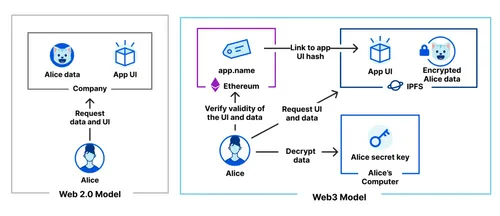
Web3, also known as Web 3.0, is the next generation of the internet. It is built on decentralized technologies such as blockchain, which provides a more open, secure, and transparent internet. Web3 aims to empower users by giving them greater control over their data and online identity.
Decentralized Technologies
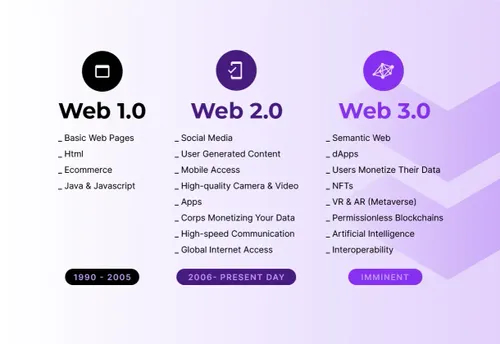
One of the key technologies that power Web3 is blockchain. It is a decentralized and distributed digital ledger that records transactions on a network. Blockchain enables trustless and transparent transactions between parties without intermediaries, which creates a more decentralized and trustless internet.
Decentralized Applications
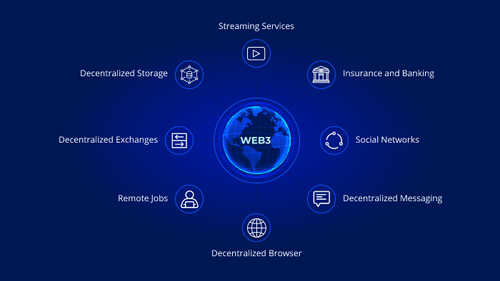
Web3 includes the development of decentralized applications (DApps) that are built on top of blockchain platforms, such as Ethereum or Polkadot. DApps provide users with greater control over their data and online identity, as well as facilitate trustless interactions between parties.
Decentralized Finance
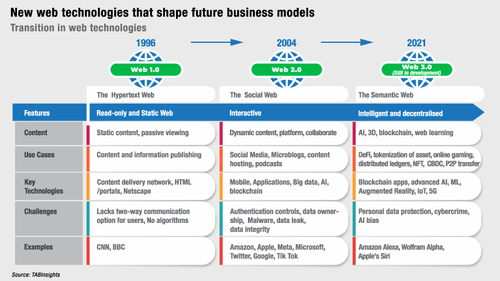
One of the most promising areas of Web3 is decentralized finance (DeFi). DeFi applications are built on top of blockchain platforms and aim to offer financial services without the need for intermediaries such as banks or financial institutions. This includes services like lending, borrowing, and trading, all of which can be done in a decentralized and trustless manner.
Challenges
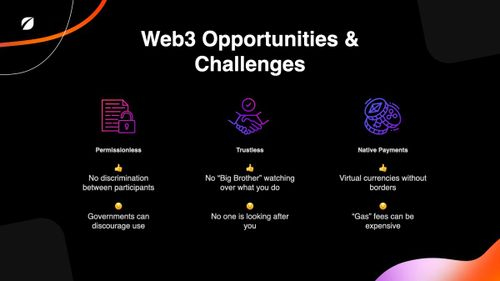
Despite its potential benefits, Web3 faces several challenges. One of the most significant challenges is scalability, as current blockchain platforms can struggle to handle large numbers of users and transactions. Additionally, regulatory challenges and concerns over security and privacy will need to be addressed as Web3 continues to evolve.
Conclusion
Web3 is the next generation of the internet, built on decentralized technologies such as blockchain. It promises to provide a more open, secure, and transparent internet that puts power back in the hands of users. With the development of decentralized applications and decentralized finance, Web3 has the potential to empower users, promote innovation, and create new opportunities for economic growth. While it faces several challenges, Web3 is poised to revolutionize the way we interact with the internet.
Latest News



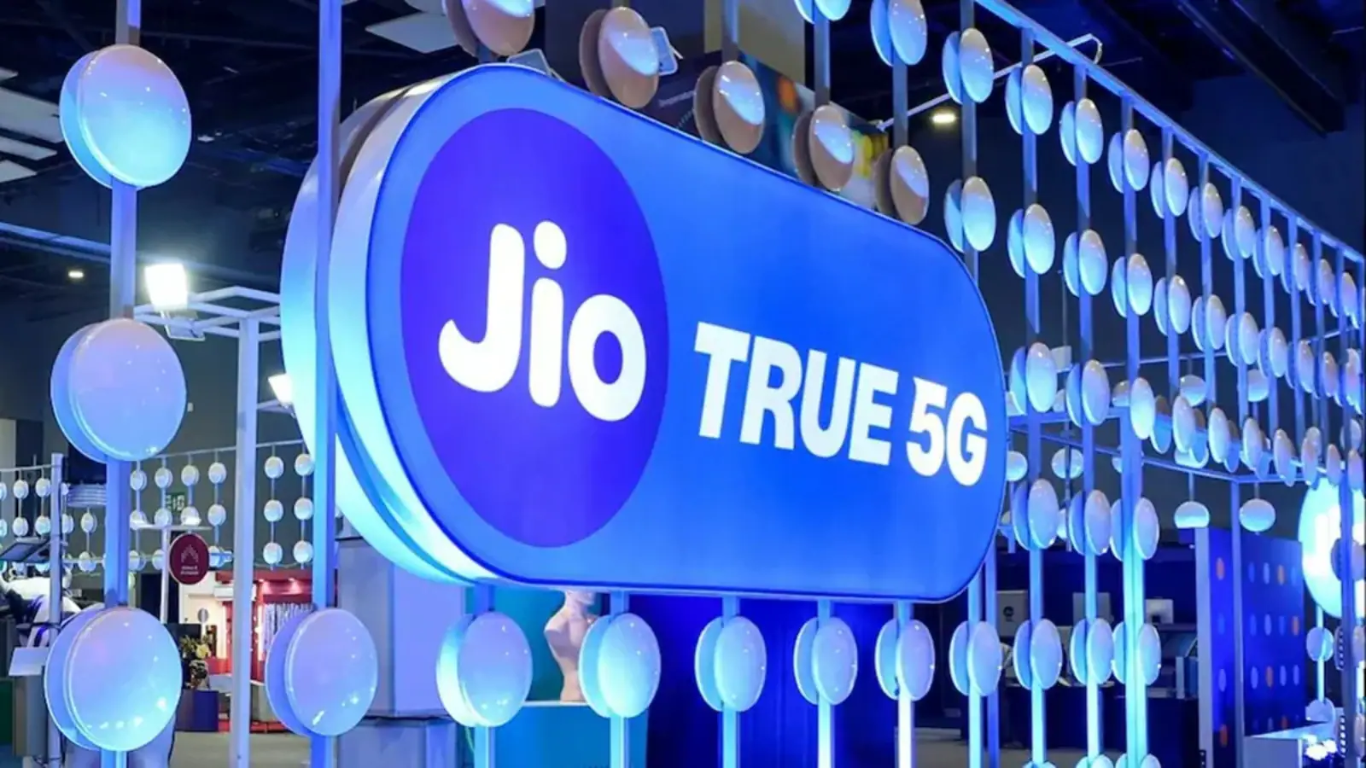

Reviews & Guides
View All
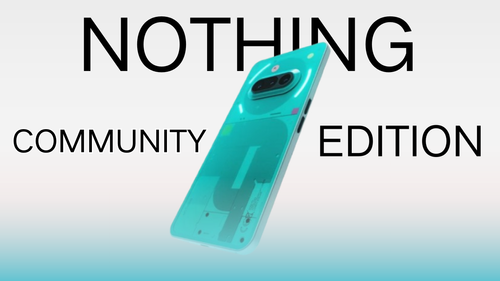
Nothing Phone 3a Community Edition First Impressions: A Fresh Take on Budget Smartphones

Realme P4x 5G Review: Budget-Friendly Beast with Epic Battery Life

Sony BRAVIA 7 Mini LED K-65XR70 vs. Haier Mini LED H65M95EUX

Samsung QN90F (65QN90FAU) Review: The King of Bright-Room Viewing

Why doesn’t Apple reveal the iPhone battery in advertisements?

Top 10 camera lenses you should Own in 2025

Donald Trump Watch Collection: Timeless Luxury on the Wrist

Best Smartphones Under 30,000 in 2025








